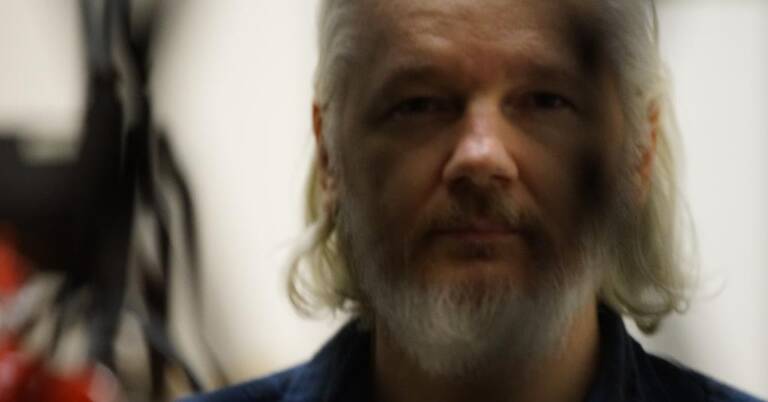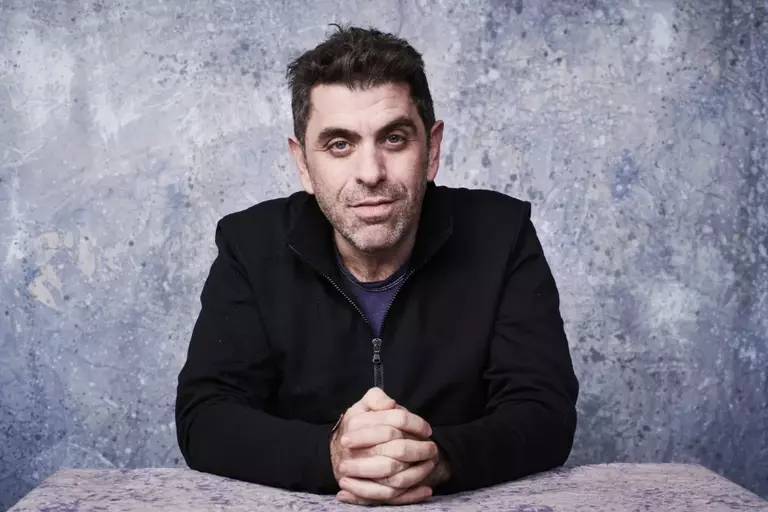
Cast: Robert de Niro, Leonardo DiCaprio, Lily Gladstone
Review by Carol Allen
The background is the history of the Osage native American people. After being ousted by the white settlers from their homelands and moved to apparently barren plains in Oklahoma, the Osage suddenly and unexpectedly became incredibly rich, when oil was discovered on the lands they now owned. They were savvy and had ensured they had title to the land, however barren, so the rights to the oil belonged to them. Scorsese’s story is set in the twenties, when the Osage people were enjoying their riches – and the white man was plotting how to get his hands on them, even to the extent of murder.
One such is cattle baron William Hale (Robert de Niro).
The film is based on David Grann’s factual book about the murders and Hale was a real life person. But rather than concentrating on the FBI investigation into the murders, as Grann’s book does, Scorsese has gone for the human story, most particularly Hale’s manipulation of his nephew Ernest Burkhart (Leonardo DiCaprio).
A weak and malleable man, at his uncle’s suggestion, like many other white settlers, Ernest woos and weds Mollie Burkhart (Lily Gladstone), a member of one of the now oil rich Osage families in order to get his and his uncle’s hands on the money. One by one members of Mollie’s family die under mysterious circumstances. But Ernest, although privy to some of the Osage murders, actually loves his wife. So does he know that the medicine he is giving her for her diabetes is in fact killing her? The film implies not, though that may be fact or fiction.
Be that as it may, it makes for a strong human tale at the heart of what is a long, detailed and wide ranging story. Very stylishly shot with some authentic looking black and white newsreel filling in the background to the story and three strong central performances.
De Niro as the Machiavellian Hale, posing as a benefactor of the Osage people while plotting the murders, di Caprio his naive and conflicted patsy and Gladstone, a revelation of powerful screen acting presented for much of the time through her serenity and stillness. She in particular is terrific.
When no action is taken over the suspiciously high number of murders, eventually the Osage people appeal to the rulers in Washington, who send a member of the newly created FBI to investigate and bring the bad guys to justice – Jesse Plemons, excellent, with his reassuring lazy grin and sharp eyes.
This is a beautifully made film. Virtually every shot looks gorgeous – cinematographer Rodrigo Prieto – and it is of course superbly edited by Scorsese’s long time collaborator Thelma Schoonmaker. But, though one hesitates to question the judgement of a master film maker like Scorsese, there is so much packed into it that by the time we get to the trial scenes near the end, it seems like it’s been a long journey.
There is however an intriguing and original epilogue to the piece which I would not want to be without. It tells the final outcome of the tale in the form of a radio dramatization of the period – with live orchestra, audience, spot effects and narrator Scorsese himself having the last word.






